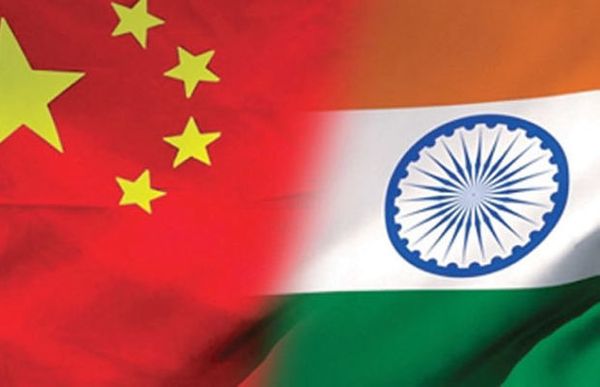India and China are ancient civilization powers, sharing historical past. Having controlled major part of the world trade in around 16 Century, which started declining as time proceeded, both, China and India have been the major trading powers in the world especially Asia. Now that the ancient Silk route passed through India too, there have been exchange of ideas, thoughts as well as goods between both the cultures.
Together China and India constitute, two most populous and vast geographic area but over the years the two nations have been skirmishing at the border.
India and China: Border Dispute and Line of Actual Control (LaC):
Border dispute between India and China can be divided into three regions – western, central and eastern areas. Western region includes the regions of Aksai Chin and Ladakh, Central (Middle) region includes borders of Himachal Pradesh and Uttarakhand, Eastern region includes Sikkim and Arunachal Pradesh.
After independence in 1950, India was the first non-communist country to recognize the People Republic of China under Mao Zedong. In 1954, Mr. Nehru signed his vision of peaceful co-existence named Panchsheel with China, and Hindi Chini Bhai Bhai was popularized. However, this changed after Tibet came into limelight. In 1954 India published new map, which included Aksai Chin area within its boundaries.
China however claimed that PRC was absent during 1914 agreement between British India and kingdom of Tibet, which defined the boundary between India and China (McMahon line), and hence maintained that Aksai Chin is not yet settled. This led to confrontation and eventually the war of 1962 war. Next, India was defeated, making LaC, the Line of Actual Control as boundary.
buy wellbutrin online https://bloonlineandnew.com/wellbutrin.html no prescription
Border skirmishes and border patrolling agreement was signed in 2013, between the two countries (Border Defense co-operation agreement), to ensure that border patrolling in the LaC does not escalate into armed conflict.
Recent Conflicts:
The 2017 Doklam standoff was a tense military standoff between the two nations that lasted 73 days. It was the most serious confrontation between India and China in decades. However, after 73 days into the stand-off, came the news on August28 that both the sides were starting to disengage after diplomatic actions.
However, the recent assertiveness of Chinese army near Pangong Tso Lake in Ladakh, Galwan Valley, and Naku La in Sikkim, have cautioned India, especially in this time of crisis. China is using its Slicing technique towards its expansionist policy. Now that China has been taking the advantage of the terrain and have even constructed roads and other infrastructure projects in Aksai Chin, India has been responding by catching up in improving border infrastructure. As expected, this move has irked China.
buy xenical online https://bloonlineandnew.com/xenical.html no prescription
Currently, both the countries have increased the presence of army squadrons in Pangong Tso area. The recent talks at Lt. General level that went on for a long time didn’t actually brought any defining results.
Meanwhile, India and China have agreed to solve the border dispute bilaterally and have refused for any mediation by President of United States, Mr. Trump. Military level dialogue is needed but binding results will need diplomatic talks. Nevertheless, a solution that calls for demarcation of boundary is the need of the hour. Diplomatic channels and military officials should therefore remain engaged and reduce the tensions.
buy yasmin online https://bloonlineandnew.com/yasmin.html no prescription
Featured Image Credits: BMN Network via Flickr


